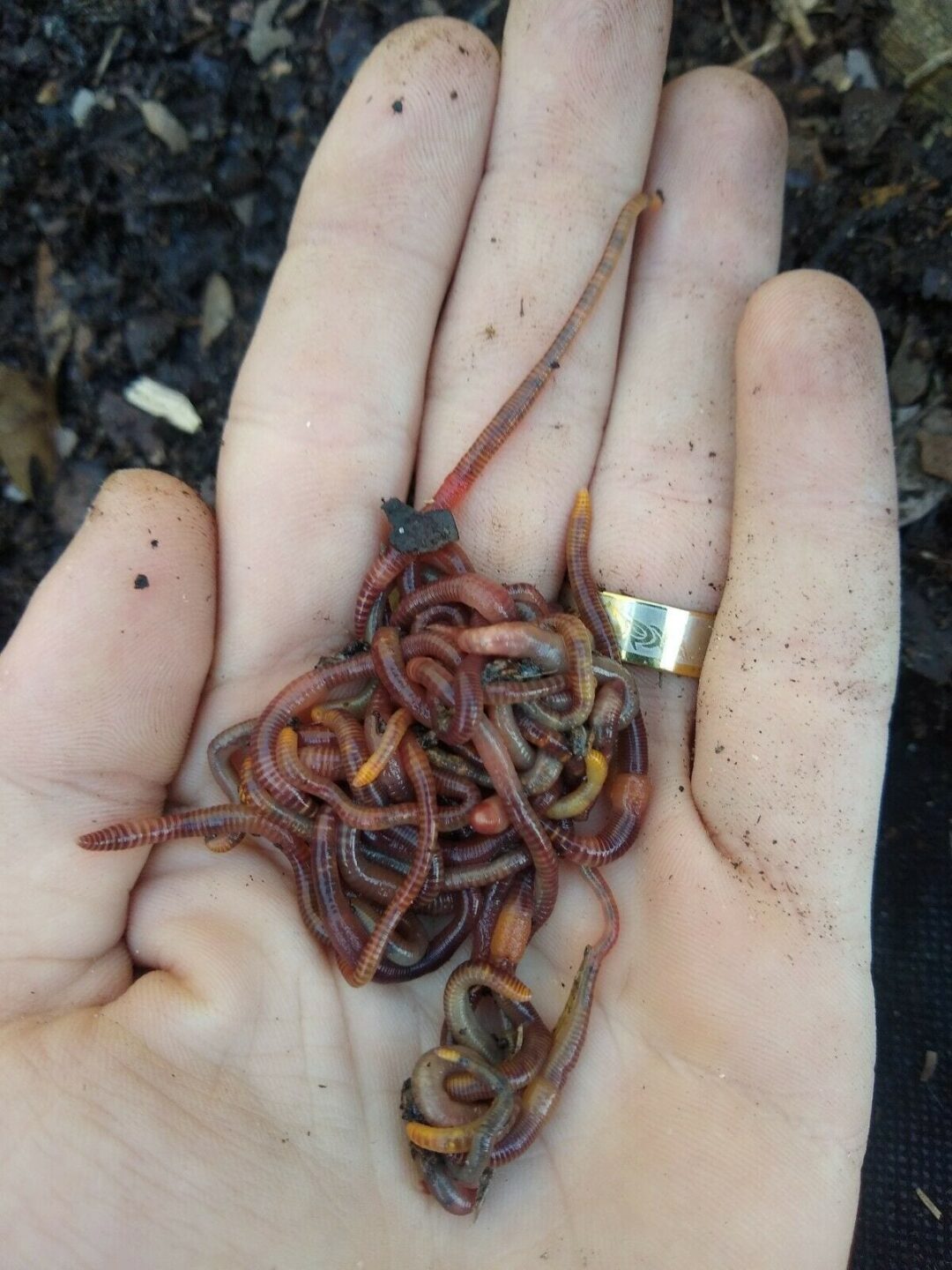Red Wiggler Express: The Best Source for Fresh Worms and Bait
Red Wiggler Express: The Best Source for Fresh Worms and Bait
Blog Article
Red Wigglers: The Unsung Heroes of Organic Waste Recycling
Red wigglers, or Eisenia fetida, work as vital representatives in the organic waste recycling procedure, changing discarded materials into important vermicompost. Their effective breakdown of organic matter not only boosts soil top quality yet additionally adds to sustainable waste administration methods. As the world significantly seeks solutions to deal with waste build-up and boost farming performance, understanding the duty of these worms comes to be necessary. What devices allow them to flourish in garden compost settings, and how can they be effectively used in both domestic and industrial setups? Discovering these questions exposes the broader implications of vermicomposting in our ecological landscape.
What Are Red Wigglers?
The impressive strength of red wigglers, scientifically called Eisenia fetida, highlights their important duty in natural waste recycling. These little, reddish-brown earthworms are typically found in disintegrating natural matter, such as compost heap and manure stacks. Lake Hickory Bait. Unlike other earthworm species, red wigglers thrive in nutrient-rich atmospheres and are extremely effective at breaking down organic products, making them important for vermicomposting

(Red Wiggler Express)In addition to their role in waste decrease, red wigglers add to soil wellness by boosting dirt structure and aeration through their tunneling tasks (Lake Hickory Bait). Their visibility in composting systems not only boosts decomposition prices however additionally promotes a sustainable strategy to squander monitoring, illustrating their importance in environmental conservation initiatives
Benefits of Composting With Worms
Composting with worms, especially red wigglers, offers many benefits that boost both waste administration and dirt wellness. These worms successfully damage down natural waste, converting it right into nutrient-rich vermicompost that improves soil. This procedure increases disintegration, allowing for a quicker recycling of cooking area scraps and other natural materials compared to standard composting techniques.
Furthermore, the vermicompost produced by red wigglers is including advantageous microorganisms, which help improve soil structure, aeration, and wetness retention. This improves the general health of plants, promoting strenuous development and raised yields in yards and agricultural settings. The usage of worms in composting lessens the production of greenhouse gases, such as methane, adding to a much more sustainable look at this website waste administration system.

Just How to Start Vermicomposting
Developing a vermicomposting system is an uncomplicated procedure that can generate significant advantages for both waste monitoring and soil enrichment. To begin, pick an ideal container, such as a plastic bin or wood box, with adequate ventilation openings to make sure proper air flow. The measurements should preferably be about 2 feet by 3 feet, enabling ample area for the worms to thrive.
Next, prepare bed linens material, which can consist of shredded newspaper, cardboard, or coconut coir. This bed linen should be dampened to create a suitable environment for the worms. Once the bed linens remains in area, introduce red wigglers (Eisenia fetida) into the container, usually around one extra pound of worms for each square foot of surface location.
Adhering to the positioning of worms, include organic waste, such as fruit and vegetable scraps, coffee premises, and smashed eggshells. With these actions, you will properly start a vermicomposting system that contributes to lasting waste monitoring and enhances your soil.
Keeping a Healthy Worm Container
(Red Wiggler Express)Maintaining a worm bin growing needs regular focus and like ensure the wellness of the red wigglers and the efficiency of the composting procedure. Proper upkeep begins with keeping track of the moisture levels; the bin ought to perspire however not waterlogged. An excellent general rule is to maintain a consistency comparable to a wrung-out sponge.
Aeration is critical too. Delicately blending the bed linen and food scraps every few weeks avoids compaction and makes certain that all worms have accessibility to oxygen. Additionally, it is very important to feed the worms properly. A well balanced diet regimen of vegetables and fruit scraps, coffee grounds, and smashed eggshells need to be offered in moderation to prevent overfeeding, which can bring about smells and pests.
If the bin becomes too hot or cold, the worms might come to be worried. By faithfully handling these variables, one can maintain a robust and productive worm bin.
Effect On Lasting Living
The effective upkeep of a worm bin not only benefits the health of red wigglers however likewise adds significantly to sustainable living practices. By recycling natural waste, such as cooking area scraps and yard particles, red wigglers help divert significant quantities of material from land fills. This reduction in waste not just decreases greenhouse gas emissions but additionally decreases the ecological worry related to waste administration.
In addition, the spreadings produced by red wigglers act as a nutrient-rich organic fertilizer, enhancing dirt wellness and advertising plant development. This all-natural option to chemical plant foods supports sustainable farming and horticulture methods, lowering reliance on synthetic inputs that can damage ecological communities. In addition, worm composting fosters awareness of waste management, urging individuals and neighborhoods to take on more lasting practices.

Conclusion
In recap, red wigglers offer as essential contributors to organic waste recycling through their efficient decomposition of organic products. By incorporating vermicomposting right into waste administration methods, individuals and communities can considerably decrease waste while promoting environmental sustainability.
Report this page